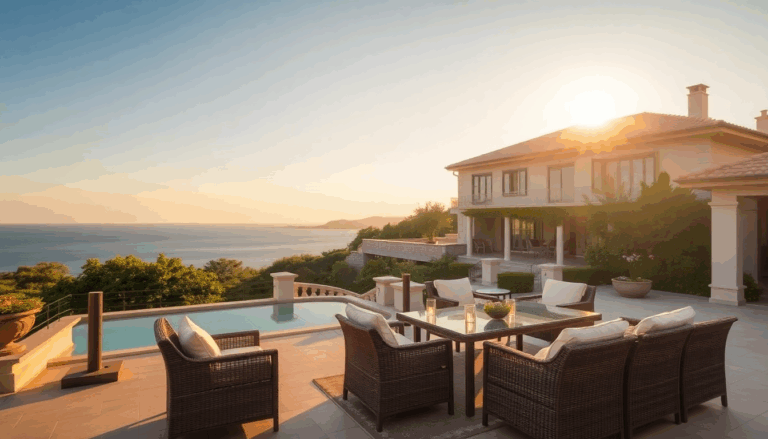In the ever-shifting landscape of real estate, the allure of second homes has become undeniable. Once considered mere luxury items, these properties are now seen as strategic financial assets that can secure a family’s future. Whether it’s a quaint cabin in the mountains or a chic apartment by the
sea, the appeal of owning a second home goes far beyond just a getaway. I remember when a friend of mine decided to buy a small flat in Puglia; what started as a vacation retreat blossomed into a thriving short-term rental business. It’s a story that echoes many others in today’s investment climate.
The vitality of the Italian real estate market
In recent years, the Italian real estate market has shown remarkable vitality and
resilience. Coastal resorts and historic towns are experiencing a boom, drawing in families seeking relaxation and young professionals looking to invest in a more secure future. The pandemic has accelerated this trend, as many started to crave more space and a lifestyle that distances them from the urban chaos. This shift has made second homes more appealing, transforming the market into a golden opportunity for savvy investors.
The versatility of second homes
What makes second homes so enticing is their versatility. They are no longer merely holiday retreats but genuine assets capable of generating passive income. With the rise of digital platforms facilitating short-term rentals, owners can now turn their properties into lucrative investments. Imagine earning extra income while enjoying your home on weekends—who wouldn’t want that? Yet, the secret sauce for success lies in choosing the right location. A picturesque village or a vibrant coastal area can make all the difference.
Tax incentives and renovation bonuses
Another compelling reason to consider purchasing a second home is the array of tax incentives available for property renovations. Although some benefits have been scaled back in recent years, the potential for financial relief through property enhancement remains a powerful lure. These incentives not only reduce initial costs but also bolster the property’s long-term value, especially when paired with energy efficiency upgrades. As many know, the market is increasingly leaning towards sustainability, making green renovations both economically savvy and ethically sound.
A shift in buyer demographics
The profile of buyers has evolved dramatically over time. No longer is it just wealthy families seeking seaside villas; today, young professionals and investors are keen to diversify their portfolios through real estate. This trend reflects a growing consciousness of the need to protect savings and build a robust financial foundation. Local governments are also joining the fray, launching initiatives to attract new residents by offering incentives that help revitalize less populated areas. It’s a win-win situation for everyone involved.
The future of the Italian real estate market
Looking ahead, various signals indicate that the Italian real estate market will continue to thrive. The increasing focus on sustainability, coupled with the demand for quality properties, promises to keep this sector in the spotlight for Italian investors. Investing in a second home today isn’t just about ownership; it’s a step towards a more secure future. Personally, I believe that with the right strategies and choices, real estate remains one of the most solid and versatile options for wealth building. And let’s be honest—who doesn’t love the thought of having a personal sanctuary to escape to during challenging times?
Ultimately, second homes have evolved from mere dreams into intelligent strategies for navigating the challenges of an ever-changing economy. With tax incentives and the burgeoning short-term rental market, the Italian real estate landscape emerges as one of the most promising avenues for constructing a secure future. The key lies in selecting the right location and trusting your instincts.

